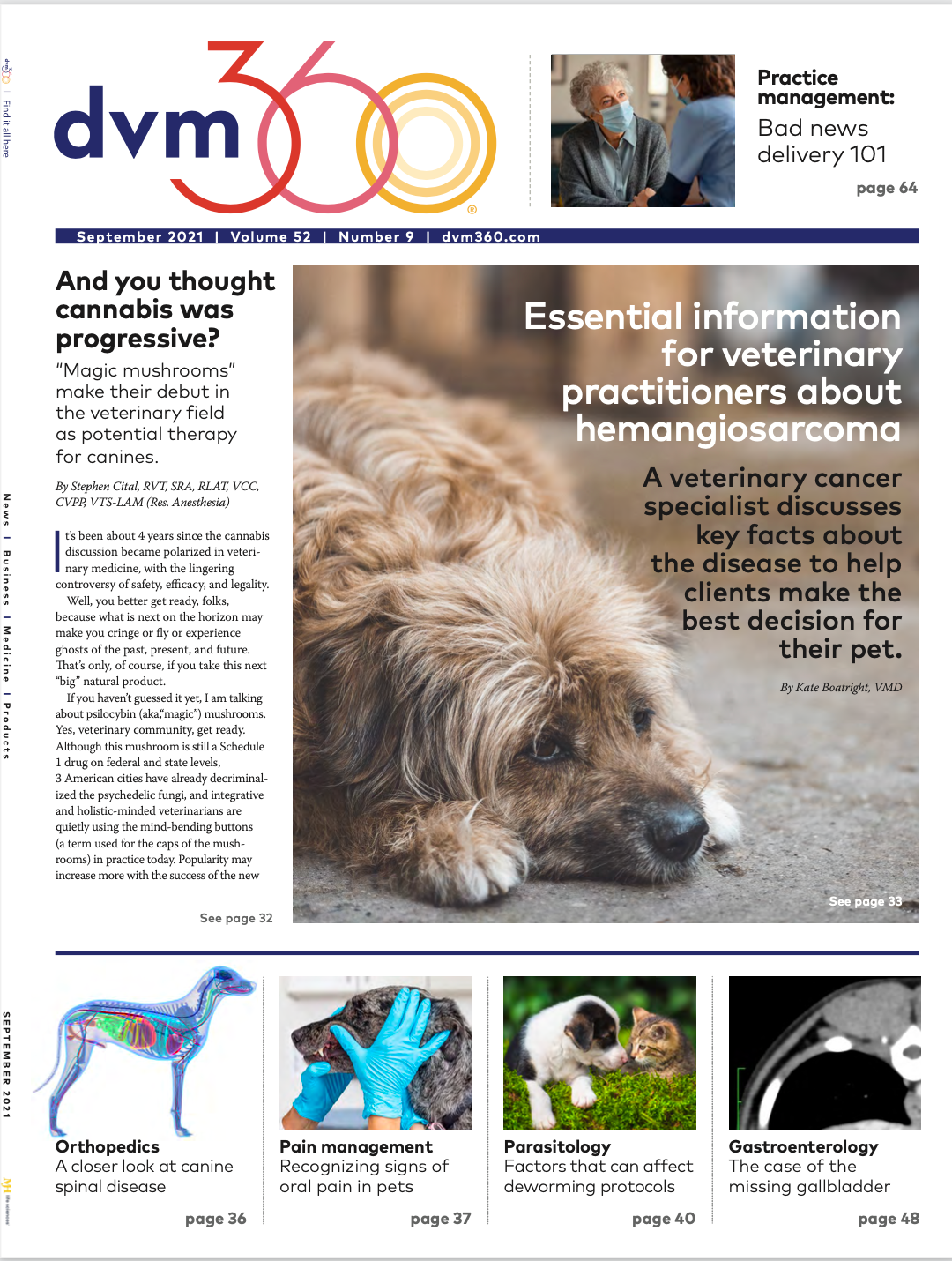How would Walt Disney run a veterinary practice?
“First, think. Second, dream. Third, believe. And finally, dare.” —Walt Disney
I was 5 years old when I first experienced the magic of Disneyland. I was always intrigued by Mickey Mouse and his costars. I loved Pinocchio, Peter Pan, Beauty and the Beast, and Aladdin, among countless other Disney characters. Although I can’t fully recall my first visit, I know that it made me unbelievably excited to return to this enchanted place. My family and I went to Disneyland every year for vacation, and there was always a crescendo of emotions throughout the entire trip. Walking through the gates, seeing Mickey, adventuring down Splash Mountain, rooting for Indiana Jones to make it under the giant rolling rock of terror, whipping through the stars on Space Mountain, and being with the people I loved most the entire time—it was truly magical.
It was no accident that I felt that way. Walt Disney was a savant at creating memorable experiences. He knew how to delight guests, return adults to their childhood, and imbue the entire experience with a sense of importance and meaning. He could do this because he understood our basic desires and needs as humans. In this article, I share my thoughts on how Walt Disney would run a veterinary practice, one that would elevate the client experience and build the strongest and most meaningful relationships imaginable.
The power of storytelling
When you walk into Disneyland, you are instantly submerged into a sprawling, captivating story with heroes and villains, love and loss, and magic and mystery. The story we tell ourselves about our own life is what gives events and experiences meaning and thus creates our sense of self, confidence, and values. In fact, the most successful businesspeople are avid storytellers.
So what kind of story should your veterinary practice tell? More importantly, how do you want to tell it? Remember, your practice should be in the love story business. The connection that humans and animals share is sacred, and it’s your duty to protect this special bond. I believe that Walt Disney would turn the design of your animal hospital into a shrine for this love story, one that constantly reminds people what this love means, the vital role it plays in our lives, and how it affects our well-being and happiness. He would do it through carefully curated artwork in every practice room, designed to evoke the right emotion; vinyl quotes throughout the facility; and parking lot placards. In a thousand different ways, he would remind pet owners how precious their love story with their pet is and that this is the place that will protect it.
The 3 basic needs that Walt Disney riffs on are the same ones he would want you to emphasize at your veterinary practice.
- Safety. We are constantly, and unconsciously, evaluating the safety of our environment. If it feels unsafe, we feel uneasy and look for ways to leave it or make it feel safe again. The quickest way to lose a client is by making them feel uncomfortable and unsafe. You should rigorously train your team to promote emotional safety during every kind of interaction with clients and their pets.
- Status. We all want to be appreciated and feel as if we matter. That’s why you must make clients feel like they are important to you. From the way your front desk greets them to the way your technicians empathize with them to the way you speak with them, will display how much you value them and their animal companions.
- Connection. We long to connect with our environment and the people in it. Many veterinary teams are already great at connecting with their clients—those are usually the most successful practices—but if you want to take it up a notch, strategize how to form stronger connections with clientele at your practice. A simple way to do this is by creating a “discovery” document for each of your clients, in which you meticulously map out what matters to them, their fears, their concerns, notable life events, and more. Before every visit, you can quickly scan the document to reacquaint yourself with their life.
Think like an imagineer
Imagineers design the experience that guests have at Disney parks. If Walt Disney were running a veterinary practice, he would think of himself as an experience designer more than anything. Think about the human needs that you want to address and the story that you want to tell, then imagine the best possible experience that you want your clients to have, for all types of visits. How should it start? How should they wait? What should they see on their way to the exam room? What should they feel once they get to their room? How should they feel when they are talking with you, your technicians, and your support staff ? What should they see and feel when they are leaving?
Be meticulous about creating an unforgettable experience in your veterinary practice, then design everything about your practice in a way that promotes this mission. It is a backward methodology, but when applied correctly, it is incredibly powerful.
Robert Sanchez is the founder and chief executive officer of Digital Empathy, an award-winning web design and marketing firm for veterinary practices. He lectures at national conferences, leads a team of wonderful employees, sits on the board of VetPartners, and shares his home with 2 very spoiled dogs—Cole and Lula.

